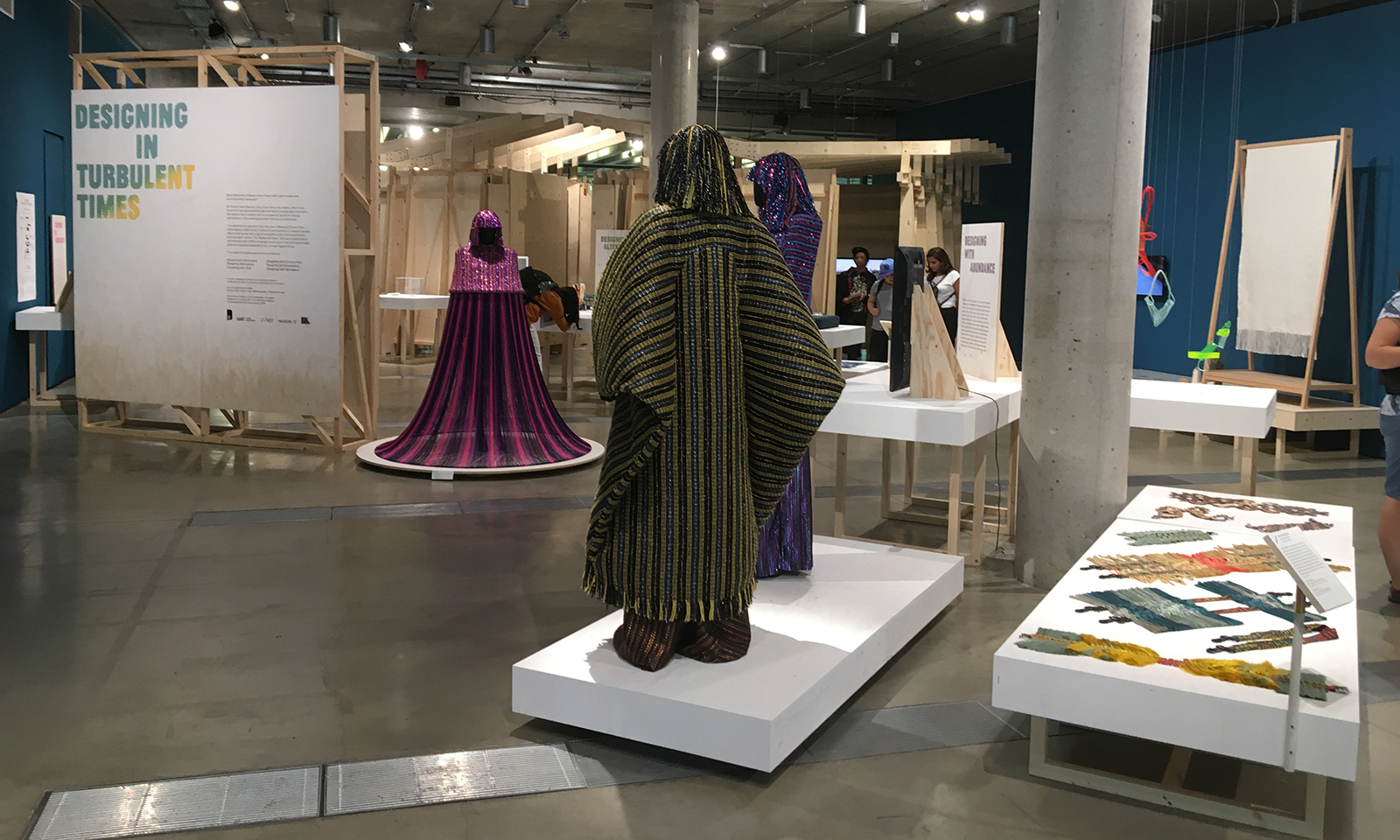
Designing in Turbulent Times
Monthly Column By Jim Biddulph
Like me, you may be one of the many who were taught about the affects of climate change at school. You may even be a parent whose own children are being taught about the same human-made issues today. Perhaps you joined the many millions who left their schools and workplaces to take part in the Global Climate Strike on 20th September. Maybe you’re even feeling the affects of “Climate anxiety,” or know of at least one person who is.
Irrelevant of what might happen in the next chapter of the ever-present Brexit saga here in the UK, the affects of climate change, which is largely caused by an over-abundance of carbon emissions, has become the single most important issue of our age. For me the point is being firmly underlined by the very fact that children are speaking out and asking for positive change to be made before their futures are entirely ruined.
Whilst big brands and politicians should be taking the brunt of responsibility, I feel that it’s important to support designers too, for the creative mind-set may be well our saving grace; we need to design a better future after all. There will not be a “one solution answers all” when it comes to doing so, which is all the more reason that we look for multiple approaches, something that rang true for me at the recent Designing in Turbulent Times exhibition. Housed at London’s Central Saint Martins, the group show consisted of recent graduates who were adjudged to represent the “best sustainable projects” from this year’s crop of students. Given the complexity of the over-arching theme, subcategories including Designing Alternatives, Designing for Biodiversity and Designing for Conversation were created to help dissect and digest the many approaches from a group of multi-disciplinary designers hailing from all corners of the globe.
Standout projects for me included Bike Scavengers by Qiang Huang, who set about playfully converting discarded bikes previously used in one of China’s public-sharing schemes, into functional objects including seating and lighting (then again, I am a keen cyclist.) Elsewhere, another love of mine, materials, were given special attention. Olivia Page explores alternative material combinations in creating construction materials, with concrete being substituted for bio substances including hemp and calcium carbonate. I was pleased to see that London Design Fair also chose to acknowledge the increased importance of bio-based materials by choosing them as their annual Material of the Year. Grown elements such as hemp, tobacco, potatoes and palm leaves that have been cleverly transformed into useful surface materials were given a spotlight, which helps to highlight viable and more sustainable material alternatives.
We may not know all of the contexts in which these alternatives will exist yet, but asking such questions allows us to figure out positive and useful methods moving forward. In offering some level of hope, they may also start to help relieve some of the growing anxiety that we are all susceptible to when it comes to the climate crisis. For me, it’s a start. But let’s see and support more!




